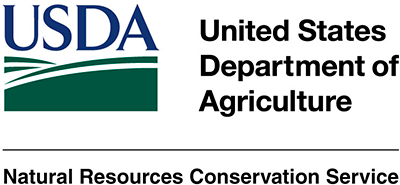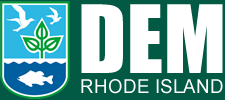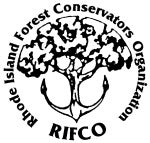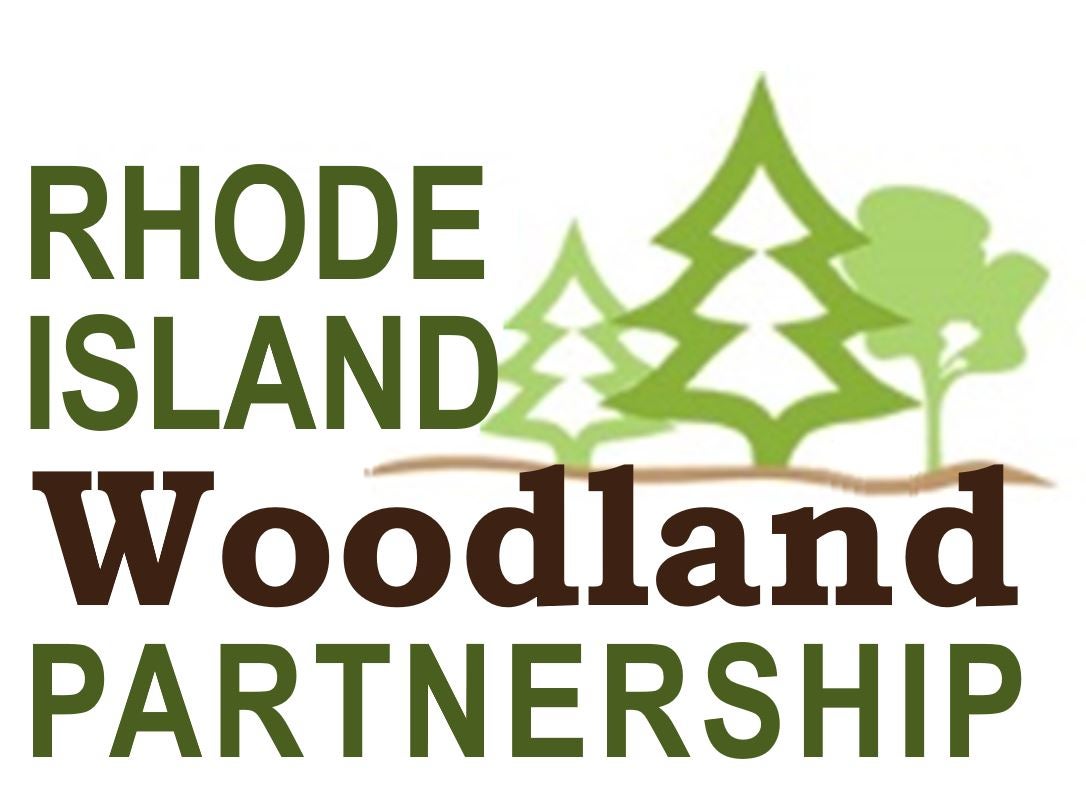Working for Biodiversity and Protection from Invasive Species
Everyone is talking about invasive species, but what are they, really?
Invasive species are plants, animals, and diseases that have been introduced to a particular area from another part of the world or another part of the country. Not all introduced species are invasive, though. Invasive species are rapid growers that produce many seeds and tend to crowd out the native species in an area. These “generalist” species take advantage of several different kinds of habitats, especially disturbed areas where native plants might have trouble growing.
Invasive species were not necessarily invasive in their homeland. They’re making a new start in your back yard, where they lack natural enemies. “Invasives” are by no means new – they have been entering the U.S. via trade, both intentionally and accidentally, since the first ship hit our shores. Some invasive species have also escaped the captivity of aquariums and households. Many have been planted ornamentally or even as natural controls for erosion or other invasive species.
Biodiversity is the main concern associated with invasive species. Native plants have been adapting to Rhode Island’s conditions for thousands of years, but competition from new species can lead to extinction. In fact, 42% of Endangered Species in the U.S. have become endangered due to non-native invasive species (Today’s Forest, Tomorrow’s Legacy, Forest Health Fact Sheet). This can disrupt the long-term natural functions of an ecosystem and lead to economic losses for those depending on the ecosystem’s services.
According to the 2007 Report on the Forest Resources of Southern New England, our most common invasive plants are Multiflora rose, Japanese barberry, and oriental bittersweet, which were found on “19% of the [research] plots where they were searched for.” The most common invasive insect is the hemlock woolly adelgid, a sap-feeder that predominantly attacks Eastern Hemlocks, while Asian long-horned beetle (ALB) and Emerald Ash Borer (EAB) are likely on their way to Rhode Island in the next decade. ALB and EAB threaten maples/hardwoods and all species of ash, respectively, by feeding on living trees. ALB makes a distinct, round exit hole, while EAB leaves a D-shaped exit hole due to its flattened head. See below for more information about individual invasive plant species, or see Forest Health for information about invasive insects and diseases.
- Multiflora Rose
- Japanese Barberry
- Oriental Bittersweet
- Autumn Olive
- Glossy Buckthorn
- Common Buckthorn
- Norway Maple
- Black Swallowwort
- Pale Swallowwort
- Japanese Knotweed
- Mile-a-minute Vine
- Water Chestnut
- Fanwort
- Japanese Honeysuckle
- Purple Loosestripe
- Curly Pondweed
- Tree of Heaven
- Garlic Mustard
- Porcelain Berry
- Variable Watermill
- Lesser Celandine
- Watercress
See Fact Sheet 5 for tips to protect your land from invasive species. You can also visit The Rhode Island Wild Plant Society for up-to-date information about invasive threats to Rhode Island’s flora and fauna.
For help with identification of invasive species, download the Outsmart Invasive Species application to your smart phone or view the videos here.






